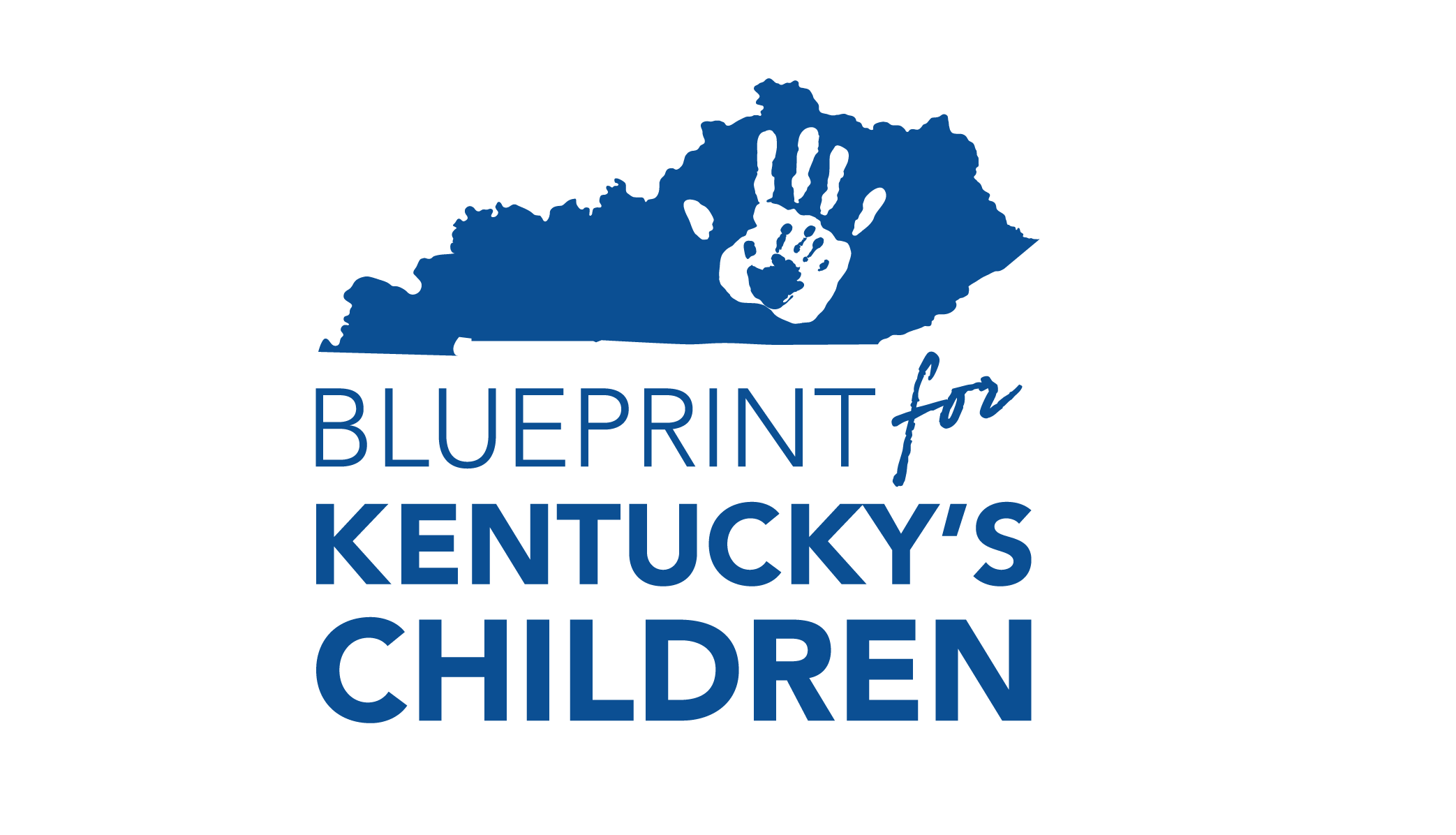Contact:
Andrea Bennett
abennett@kyyouth.org
502-381-1176
Jeffersontown, KY – A new KIDS COUNT® data snapshot, co-released today by the Annie E. Casey Foundation and Kentucky Youth Advocates, highlights a more holistic way to assess child poverty across the country than the federal government’s outdated official poverty measure created in the 1960s.
Measuring Access to Opportunity in the United States points to a different index for measuring poverty – the Supplemental Poverty Measure (SPM) – which captures the positive impact that safety net programs such as Supplemental Nutrition Assistance Program (SNAP) and tax policies such as the Earned Income Tax Credit have on families. The SPM allows us to see whether investments and work supports are having the intended effect.
“We know the cost of raising children is very different today than in the 1960s, yet the official poverty measure has not changed to reflect this. Researchers have found that, on average, families need an income of roughly twice the official poverty line to cover the entire cost of basic expenses for housing, food, transportation, health care and child care,” said Dr. Terry Brooks, executive director at Kentucky Youth Advocates. “The SPM shows us that when you take into account the extra boost in income offered by federal and state benefit programs and tax policies, child poverty rates are cut by more than 20 percentage points in Kentucky. That paints a very different picture of how kids and families are faring with these supports.”
The Supplemental Poverty Measure, created by the U.S. Census Bureau, factors in the impact of a number of investments such as the Supplemental Nutrition Assistance Program (SNAP) and the Earned Income Tax Credit (EITC) and takes into account rising costs and other changes that affect a family’s budget. The SPM also provides a more accurate assessment of poverty levels on a state and regional basis by taking into consideration variations in the cost of living.
In every state, anti-poverty programs tracked by the SPM have had a positive impact on children living in poverty. Because federal benefits are not adjusted for differences in regional costs of living, they are likely to have a more significant impact in states where the cost of living is relatively low. States and localities also vary in their contribution to the safety net programs and tax policies that can help move children out of poverty. Kentucky and Mississippi saw the most significant impact on children living in poverty in the nation when taking into account these supports.
The snapshot provides, for the first time, state-by-state data using the SPM to show the effect of state and federal investments on low-income families so policymakers can direct resources to the programs and policies that are truly helping families make ends meet.
“For our state lawmakers, we hope this new data helps highlight the positive impact that refundable tax credits like the Earned Income Tax Credit and the Child and Dependent Care Tax Credit have in reducing child poverty. This further builds the case for Kentucky leaders to enact a state, refundable Earned Income Tax Credit to piggyback off the federal credit. We also hope it encourages our state leaders to streamline access to federal public benefits because of the positive impact these supports have on families,” said Brooks.
“While the traditional measure of poverty is likely to stay around for a while, the SPM is a tool to help us know where child well-being stands in Kentucky and what supports are keeping families afloat. It’s critical that we look beyond just the traditional federal poverty rate to evaluate the success of important government investments to help families rise out of poverty,” added Brooks.
Measuring Access to Opportunity in the United States is available at www.aecf.org.

